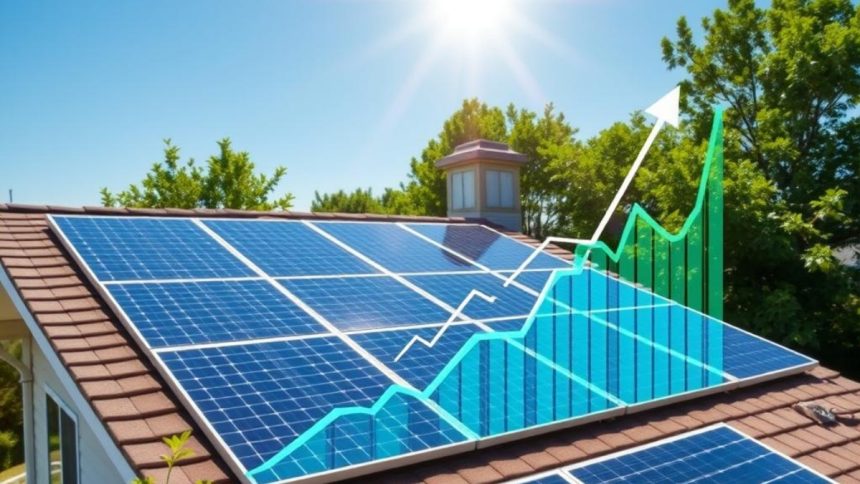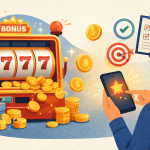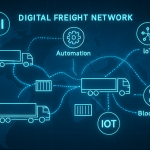For many people, a key reason to invest in solar power is saving money on your electricity bill. This leads to the inevitable question of just how long it will take to earn back your investment. Purchasing a full-sized solar power system usually costs tens of thousands of dollars, depending on the size of your home and your power usage, so it’s perfectly normal to want to know when your energy savings will offset that large upfront expense. If you’re trying to calculate when you’ll be getting an ROI, keep reading to learn about some important factors you’ll need to keep in mind.
The Upfront Costs
First, you’ll need to get the total upfront cost from your solar installer. Any reputable installer will be able to provide you with an accurate quote for the full cost of your system. This will include all of the following expenses:
- Solar panels
- Inverter and other equipment
- Installation costs
- Permits and inspection fees
Be sure to get quotes from multiple installers so that you can find a fair cost. Of course, don’t forget to carefully compare the quality of the equipment the installer is using (this will come into play later).
Energy Consumption Rates
Now, you’ll need to examine how much power you’re using every month. Hopefully, you’ve sized your system so that it produces as much power as you consume on an average monthly basis. Review your utility bills to see just how much power you usually use and what it costs you. Be sure to look at your consumption for an entire year, so you can see any changes to your energy usage based on the changes of the seasons. (People tend to have higher power bills in summer and winter, when the temperatures are more extreme.) The amount of power you use on average matters more than what you’re currently paying in an average month for one important reason—and that’s the next factor you’ll need to consider.
Current and Future Electricity Rates
Electricity rates in your area will have a direct impact on how much money you save by switching to solar. Obviously, you’re likely to look at the current rates you’re paying and the cost of your average monthly bills. But what about in the future? As you may have noticed, the cost of power is constantly rising; the rate you paid this year won’t be the same as you’ll be paying in a few years. While you can’t precisely predict how much or how often the power rates will be hiked up, you can look at historical trends in electricity price increases and consider how this will impact your monthly bills in 3, 5, and 10 years.
These changes will also impact your long-term savings and, therefore, the ROI on your solar power system. It’s important to keep these increases in mind—and to keep in mind that, once you pay for your solar power system, there are very few additional costs associated with harnessing solar power over the next 15 years or more.
Solar Panel Efficiency and Degradation
Remember the discussion about upfront costs, and the importance of examining the quality of the equipment you’re getting for the price? Here’s where it comes into play. The efficiency and longevity of your solar panels impact how much energy they’ll produce over time. Higher-efficiency panels generate more energy per panel, giving you more bang for your buck. However, all solar panels will also degrade over time, losing a small percentage of their efficiency annually.
A higher rate of degradation per year will mean a reduction in your energy production—and a slower ROI. Most solar panels come with a warranty that guarantees a certain level of efficiency year to year. Be sure to speak to your solar installer about the manufacturer’s warranty against degradation, rather than just looking at the upfront efficiency rating.
Maintenance Costs
For the most part, solar systems require very little maintenance. However, there can be occasional expenses that will impact the return on your investment. For example, if you live in an area prone to lots of dust storms, your panels may need to be cleaned periodically to maintain efficiency; this cleaning should usually be done by a professional, so it will come with a cost. Some types of equipment will need to be replaced more regularly than others too; while your panels may last over 20 years, most inverters only last 10 to 15, and if you have a combiner box, that typically only lasts for 5 years. Any equipment replacements will add to your costs and slow down that ROI.
Average Speed of ROI
So, with all of these factors in mind, you might be thinking, “Okay, but how long can I typically expect it to take to get my money’s worth out of this system?” On average, it takes between 6 and 10 years to achieve a return on investment for a residential solar power system. This will vary based on the factors above, among others, but by investing in quality panels and Sol-Ark inverters, you’re sure to earn back on that investment during the system’s lifetime.
Lynn Martelli is an editor at Readability. She received her MFA in Creative Writing from Antioch University and has worked as an editor for over 10 years. Lynn has edited a wide variety of books, including fiction, non-fiction, memoirs, and more. In her free time, Lynn enjoys reading, writing, and spending time with her family and friends.















